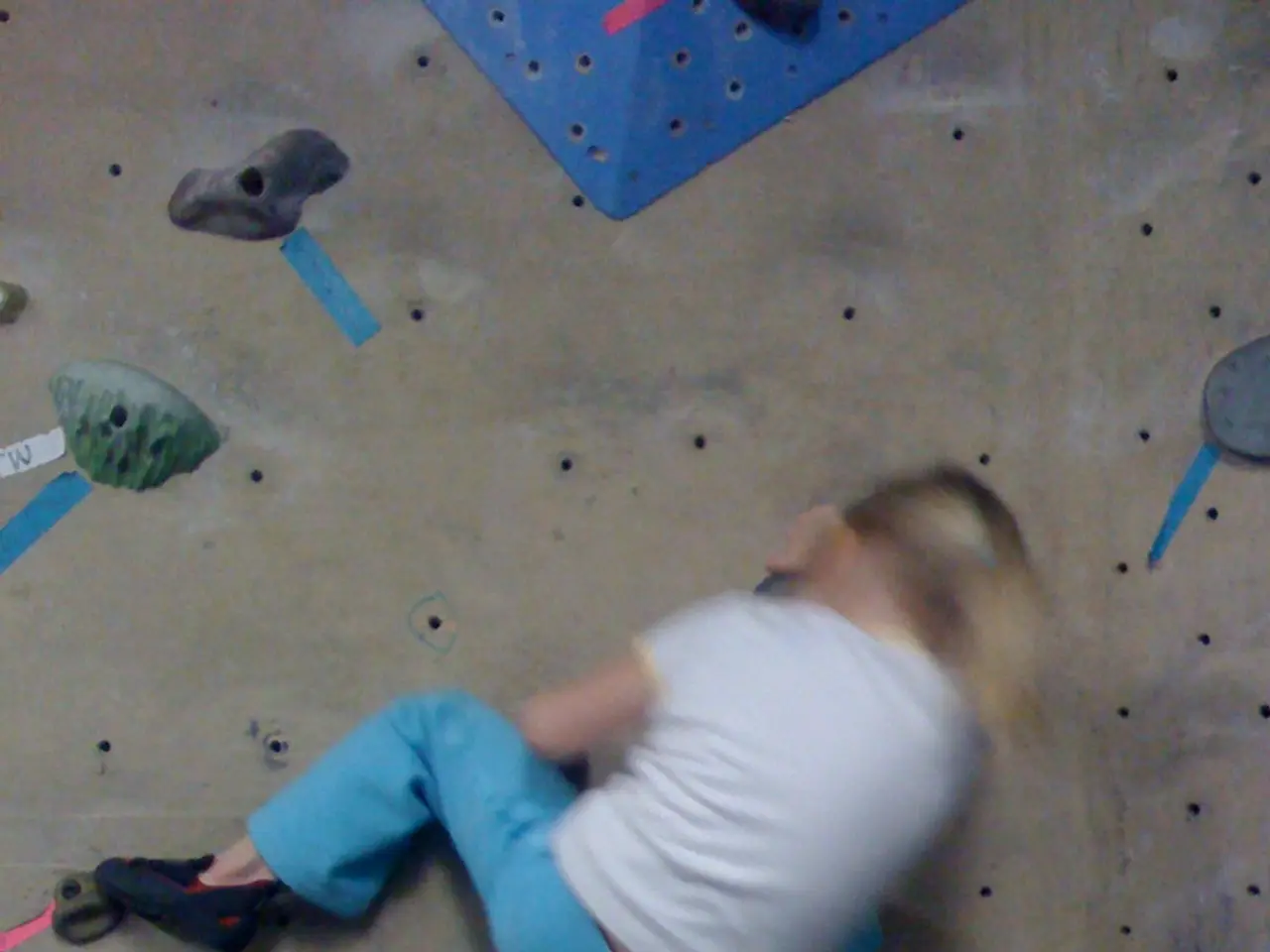Treatment success for childhood ruptured neck spinal arteriovenous fistula using endovascular methods: Detailed case study.
A 10-year-old boy, with no significant medical history, presented with a rare case of Perimedullary Arteriovenous Fistulas (PMAVFs) in the pediatric population. The condition, characterized by abnormal connections between arteries and veins within the spinal cord, typically presents with symptoms such as progressive pain, weakness, sensory changes in the lower extremities, and sphincter dysfunction.
In this case, the patient experienced neck pain, fatigue, and rapidly progressive weakness in the upper and lower limbs. Upon arrival at the hospital, the patient exhibited significant neurological deterioration, including altered consciousness and respiratory distress.
Diagnostic procedures, including MRI/MRA and Digital Subtraction Angiography (DSA), were conducted. The imaging studies revealed an intramedullary hematoma centered at C4, with extensive edema extending from the medulla oblongata to the thoracic spine (Th3). Angiography confirmed a varix rupture of a PMAVF with feeders from the right C4 dorsal root artery and the right ascending cervical artery.
Endovascular embolization, a minimally invasive treatment, was performed using 33% n‐butyl‐2‐cyanoacrylate to successfully occlude the PMAVF. This procedure achieved significant neurological recovery in the patient, with the boy undergoing a tracheotomy and being gradually weaned off the ventilator following the procedure.
Endovascular embolization involves catheter navigation into feeding arteries and injection of embolic material (e.g., cyanoacrylate glue). This treatment option aims for complete obliteration of the fistula to prevent progression, spinal cord ischemia, or rebleeding. However, risks include inadvertent cord ischemia if the embolic agent occludes normal arteries.
The successful embolization in this case halted the progression of neurological symptoms and improved or stabilized deficits. With rehabilitation, the patient showed significant improvement in spinal cord function, including the ability to transfer with a walker.
PMAVFs are often associated with significant morbidity and require urgent treatment. The etiology of PMAVFs remains unclear, with potential links to both congenital factors and acquired lesions. Most PMAVF cases present with hemorrhage or progressive myelopathy.
This approach is consistent with current best practices for managing spinal PMAVFs in pediatric patients, focusing on minimally invasive endovascular management whenever feasible. Head magnetic resonance images revealed medullary edema and dilated veins in the posterior cranial fossa, further supporting the diagnosis.
In conclusion, this case demonstrates the effectiveness of endovascular embolization as a viable treatment option for pediatric PMAVF. With timely diagnosis and appropriate treatment, significant neurological recovery can be achieved, improving the quality of life for affected individuals.
- The boy's rare case of Perimedullary Arteriovenous Fistulas (PMAVFs) was characterized by symptoms such as neck pain, fatigue, and weakness, along with sphincter dysfunction.
- In addition to fitness and exercise, mental health, neurological disorders, and environmental science are also essential aspects of this boy's health and wellness journey, considering his diagnosis.
- Space and astronomy, while seemingly unrelated, have played a crucial role in medical-conditions research, and advancements in one field often influence others, such as the understanding and treatment of chronic diseases like PMAVFs.
- As the boy continues his rehabilitation, health-and-wellness professionals will monitor not only his spinal cord function but also his mental health, as the recovery process can be emotionally challenging.




